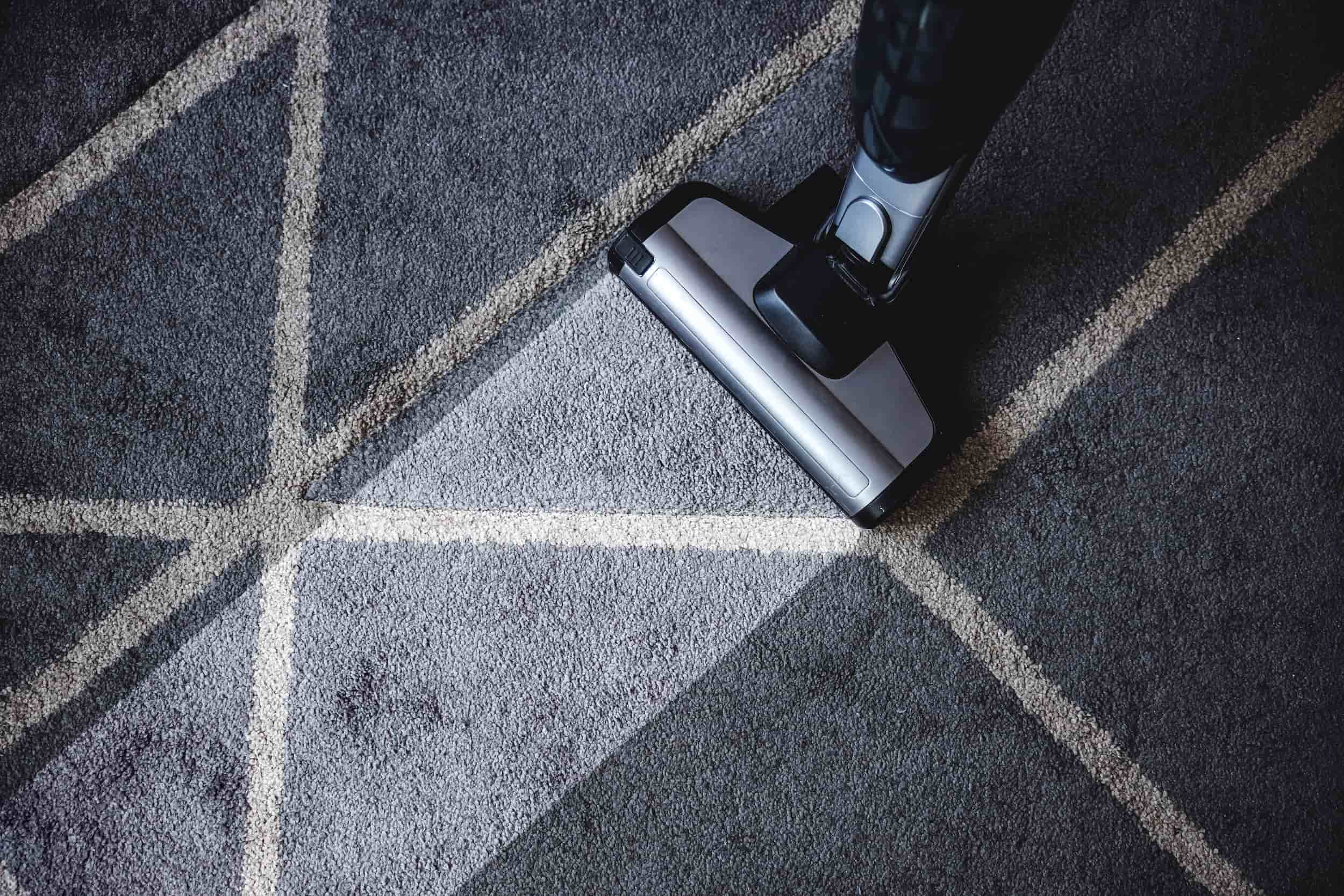Area rugs go through a lot — spills, foot traffic, pets, sunlight, you name it. When it’s time for a deep clean, a good wash can make them look amazing again. But before any cleaning happens, it’s important to check for pre-existing conditions that could cause damage once water, cleaning solutions and agitation get involved.
Here are some of the most common issues we find on rugs before we clean — and why it is so important to review your inspection to know what to expect.
Most common issues we find on rugs before we clean
1. Dry Rot or Weak Fibers
If a rug has been exposed to moisture or pet accidents repeatedly, the foundation fibers (especially cotton) can become brittle. This is known as dry rot. Once that happens, a rug might look fine on the surface but can actually tear or crack during cleaning. It is almost impossible to identify as it is hidden well in the knots.
How to spot it: The rug feels stiff, cracks when bent, or shows fraying near the edges.
2. Unstable Dyes (Color Bleeding)
Some rugs — especially handmade or older ones — have dyes that don’t react well to water. During cleaning, those dyes can bleed or migrate, causing colors to mix together. It’s one of the biggest risks when cleaning fine rugs.
How to spot it: Uneven fading or small spots where colors have already run together.
What we do: We can often identify a potential bleeder just by the type of rug it is. Afghans and certain Persian rugs for example. We test for colorfastness first to see how the dyes react, but sometimes you can’t prevent it and have to accept some level of migration.
3. Pet Urine Damage
Pet accidents are tough on rugs. But what most people don’t realize is that urine is highly acidic. The urine can weaken fibers, damage dyes, and leave behind salts that attract moisture. Even if a rug looks okay dry, those spots can reactivate during cleaning — bringing back odors or reveal discoloration.
How to spot it: Yellowish stains, stickiness or stiffness, or a strong smell (especially when damp).
4. Sun Fading
Rugs that sit near windows often fade unevenly from UV exposure. After cleaning, those faded areas can stand out even more — not because of anything we did, but because the cleaning removes the dirt that used to help hide the fading.
How to spot it: One side of the rug looks lighter or duller than the rest.
5. Old Chemical or Soap Residue
Sometimes rugs have been cleaned before — maybe with DIY spot removers or leftover soap that wasn’t fully rinsed out. Those residues can react with new cleaning products, causing extra foaming, discoloration, or dullness - or just rinsing them can reveal color or fiber damage that was already there.
How to spot it: Sticky areas, strange spots, or uneven texture. Those areas often foam up when we wet the rug.
6. Fringe or Edge Wear
Fringes and edges take the most abuse from vacuuming and foot traffic. If they’re already weak or frayed, they can unravel during cleaning or grooming.
How to spot it: Loose tassels, missing threads, or unraveling corners.
7. Moth or Insect Damage
Wool rugs can be tasty snacks for moths and carpet beetles. They munch on the wool fibers and leave the cotton foundation fibers in tact. Sometimes the damage isn’t obvious until cleaning begins — when small holes or bare patches suddenly appear as the unattached knots wash away.
How to spot it: Thin spots, tiny holes, or a fine powdery residue or “snail trails” near the damage.
8. Old Stains or Discoloration
Some stains — like coffee, wine, or bleach — permanently change the rug’s dye. Cleaning might lighten them, but it can’t always make them disappear completely.
How to spot it: Set-in stains or discolored rings from previous spot cleaning.
Why We Always Do a Pre-Cleaning Inspection
Before we ever start cleaning, we inspect every rug for these issues. It’s the best way to protect your rug and make sure there are no surprises. Plus, it helps us explain what results you can realistically expect. We do our absolute best to anticipate every outcome, but cleaning rugs is an art, and it isn’t perfect. Sometimes we just can’t predict what will happen despite taking all steps and caution.
Every rug is different, and some need extra care — especially older or handmade ones.
Final Thoughts
Your area rug is more than just floor décor — it’s an investment. Identifying pre-existing problems before cleaning is the best way to keep it safe and looking its best.
If you’re not sure what shape your rug is in, bring it to a professional rug cleaner (like us!) for a quick inspection. We’ll let you know what to expect before we do any cleaning.



